Artificial Intelligence (AI) is no longer an experimental add-on; it is a strategic business capability. From automating customer support with chatbots to unlocking predictive insights from mountains of data, AI is changing how organizations operate, compete, and grow. But before you sign a contract or spin up your cloud account, one question always comes up: how much does AI cost?
Understanding AI pricing, the cost of artificial intelligence, and the AI implementation cost is critical for decision-makers, founders, and IT leaders. Without realistic budgets, projects stall, scope creeps, and ROI becomes a mirage. This guide breaks down the economics of AI in plain language so you can make confident, practical decisions about adopting AI.
Key phrases to watch for through this article: AI pricing, cost of artificial intelligence, AI implementation cost, AI in business, AI development cost.
What is AI and Where is It Used?
Artificial Intelligence (AI) refers to software systems that perform tasks which normally require human intelligence, such as understanding language, recognizing images, making predictions, or automating decisions. AI is an umbrella term that includes machine learning (ML), natural language processing (NLP), computer vision, and rule-based automation.
Common AI Applications Across Industries
AI use cases have matured and broadened rapidly. Here are real business examples where AI delivers value:
- Customer service and support (chatbots, virtual assistants) reduce response times and handle routine queries.
- Marketing and personalization recommend products, optimize ad spend, and personalize content.
- Finance (fraud detection, credit scoring) flag unusual transactions and predict risk.
- Healthcare (diagnosis assistance, image analysis) help detect anomalies in scans or predict patient risk.
- Manufacturing (predictive maintenance) predict equipment failures to avoid downtime.
- Retail (inventory forecasting, dynamic pricing) keep shelves stocked and prices optimized.
Factors That Influence AI Pricing
AI pricing is not a single number; it is a combination of many choices. Below is a clear breakdown of the main cost drivers and how each affects your total AI project spend.
1. Type of AI Solution
- Chatbots and conversational AI: costs vary with the complexity of conversation flows and integrations. A simple FAQ bot is much cheaper than a multilingual, context-aware virtual assistant.
- Machine learning models: basic classification or regression models are cheaper; deep learning for speech or vision is more expensive due to compute and data needs.
- Predictive analytics: costs depend on feature engineering and model complexity.
- Natural Language Processing (NLP): advanced NLP (summarization, intent detection across domains) increases cost.
- Computer vision: training robust image or video models requires labeled data and significant compute.
How it affects cost: more advanced model types require more data, more compute, and specialized talent, raising both initial development and ongoing operational costs.
2. Project Scope and Complexity
- Pilot or MVP: limited scope, fewer integrations, shorter timelines mean lower costs.
- Enterprise deployment: cross-system integration, compliance, SLAs, multi-region scaling mean higher costs.
- Number of use cases: each new use case adds data work, engineering, and testing.
How it affects cost: scope is often the single biggest lever you can control. Broader scope multiplies costs across data, integration, testing, and governance.
3. Data Quality and Preparation
- Data availability: do you already have labeled datasets? If not, data collection is expensive.
- Data cleaning and labeling: manual annotation, ETL pipelines, and data validation can represent 30–60% of total project effort.
- Data governance and compliance: healthcare or finance projects need privacy controls and audits.
How it affects cost: poor or unstructured data dramatically increases both time and price. Investing in clean, well-governed data reduces long-term AI implementation cost.
4. Development Tools and Frameworks
- Open-source frameworks (TensorFlow, PyTorch) reduce licensing costs but require engineering expertise.
- Commercial platforms and AutoML speed development but add subscription or licensing fees.
- Pre-trained models and APIs (language, vision) can lower upfront costs for many use cases.
How it affects cost: choice between open-source and commercial tools determines licensing versus engineering tradeoffs.
5. Integration with Existing Systems
- APIs and middleware: connecting AI services to CRMs, ERPs, or legacy systems takes engineering time.
- Real-time versus batch: real-time inferencing requires different architecture and higher operational cost.
How it affects cost: seamless integration increases implementation complexity and support requirements.
6. Maintenance, Updates, and Scalability
- Model monitoring and retraining: models degrade over time; monitoring and periodic retraining are ongoing expenses.
- Infrastructure scaling: production traffic spikes require autoscaling and cost management.
- Support and SLAs: enterprise SLAs increase operational costs.
How it affects cost: think beyond go-live; maintenance is recurring and often underestimated.
Also Read: 7 Best Free AI Website Builders in 2025
Common AI Pricing Models
AI vendors and consultancies price projects using a few typical structures. Each model carries pros and cons depending on your organization’s needs.
1. Custom AI Development (Project-Based)
- Full design, data engineering, modeling, integration, and deployment paid as a fixed price or phased payments.
- When it’s used: When you need a tailored, differentiating solution.
- Typical ranges: Small pilots or PoCs often start around $10,000–$50,000. More complex, production-grade systems commonly fall between $50,000–$300,000+. Large enterprise systems can exceed $500,000–$2M+.
- Pros: Predictable scope and customized outcome.
- Cons: Upfront investment and longer timelines.
2. AI as a Service (AIaaS) – Subscription
- What it is: Cloud platforms offering pre-built models, tools, and managed services billed monthly or annually.
- When it’s used: For rapid deployment or when you prefer OpEx over CapEx.
- Typical ranges: From $20–$1,000+ per month for small teams to $1,000–$50,000+ per month for enterprise usage depending on API calls, seats, and feature tiers.
- Pros: Fast time to value, predictable monthly cost, no infrastructure operations.
- Cons: Per-use pricing can scale quickly; customization is limited.
3. Licensing and API-Based Pricing
- What it is: Pay-per-call APIs (e.g., vision, language) or per-seat licenses for software with AI features.
- When it’s used: When you want modular capabilities without building models.
- Typical ranges: Small volumes can be inexpensive; high-volume APIs become costly and usually require volume discounts or enterprise agreements.
- Pros: Pay for what you use.
- Cons: High usage means high costs and potential vendor lock-in.
4. In-House Team vs Outsourcing
- In-house: Hiring data scientists, ML engineers, and MLOps staff. Hiring a small in-house team (2–5 people) can cost $300k–$1M per year in total compensation and overhead.
- Outsourcing or consultancy: Contract firms or agencies (like 1Solutions) provide expertise without long-term headcount commitments. Costs vary by engagement model.
How to choose: early-stage companies often outsource to accelerate repeatable outcomes; large enterprises may build internal capabilities for long-term strategic control.
Also Read: 10 Must-Try AI Content Creators To Boost Your Productivity
AI Pricing by Industry and Company Size
Costs and considerations vary significantly by sector and by whether you’re a small business or an enterprise.
Small Business vs Enterprise AI Adoption
- Small businesses typically start with off-the-shelf AIaaS or API usage and build lightweight integrations. Their projects are lower cost but must be tightly scoped.
- Enterprises demand integrations with complex legacy systems, compliance, and SLAs, increasing both initial and ongoing costs.
Industry-Specific Cost Drivers
- Retail: needs integration with POS, inventory systems, and possibly edge devices for stores (camera-based analytics). Costs are moderate to high depending on scale.
- Healthcare: high compliance and validation requirements (HIPAA or local regulations), expensive data labeling, and rigorous validation. Costs are high.
- Finance: auditability, explainability, and security increase engineering and compliance costs. Costs are high.
- Manufacturing: sensor data, OT integrations, and real-time processing can increase architecture complexity. Costs are moderate to high.
- Marketing and SaaS: many rapid wins with personalization and predictive analytics; lower barrier to entry when using SaaS or APIs.
Also Read: AI SEO Strategies for 2025
How to Budget for AI Implementation: A Practical Playbook
Budgeting well prevents surprises. Follow a staged, measurable approach.
1. Define Business Goals First
- Start with measurable goals (reduce call center cost by X%, increase conversion rate by Y%). Business KPIs drive scope and ROI.
- Avoid technology-first thinking: define the outcome, then find the right AI path.
2. Stage the Work (MVP → Iterate)
- 1st Phase: Discovery and Feasibility (5–10% of budget) clarify data readiness, map integrations, and set KPIs.
- 2nd Phase: MVP or Pilot (20–30%) validate value with minimal scope.
- 3rd Phase: Production and Scaling (40–60%) engineering hardening, compliance, and rollout.
- 4th Phase: Maintenance and Optimization (ongoing OpEx) monitoring, retraining, and support.
3. Choose Scalable Architectures
- Favor modular designs and cloud-native patterns to avoid expensive refactors later.
- Consider managed services to reduce operational burden, but balance against long-term per-use costs.
4. Partner with Experienced Teams
Partnering with a reliable AI consultancy (like 1Solutions) helps avoid common pitfalls and hidden costs. Outsourced teams bring templates, accelerators, and governance practices that shorten time to value.
5. Test Before Full Deployment
Use A/B testing and limited rollouts to measure business impact before wide-scale investment.
6. Sample Budget Allocation (by Percent)
- Discovery and data prep: 15–25%
- Model development and testing: 25–35%
- Integration and engineering: 20–30%
- Infrastructure and licensing: 10–20%
- Maintenance and monitoring (yearly): 10–20%
Hidden Costs Companies Often Overlook
AI projects hide several recurring or one-off costs that amplify budgets.
- Data labeling and annotation: quality labels often require human annotators (image bounding boxes, transcriptions). This can be surprisingly costly.
- Cloud compute and storage: training large models and storing datasets are ongoing expenses.
- Inference costs: serving models at scale (real-time predictions) carries compute and networking costs.
- Model monitoring and MLOps: tooling for observability, drift detection, and retraining pipelines.
- Security and compliance: audits, encryption, and privacy engineering add cost, particularly in regulated sectors.
- Change management and training: staff training and process changes are necessary to realize ROI.
- Opportunity cost of failed experiments: not every model succeeds, so budget for experimentation.
Estimating ROI: How AI Can Pay Back the Investment
AI is an investment. To justify it, measure outcomes versus costs.
Common ROI Levers
- Automation savings: reducing manual work (e.g., claims processing) reduces headcount or redeploys staff to higher-value work.
- Revenue uplift: personalization and intelligent recommendations can increase average order value and conversion rates.
- Cost avoidance: predictive maintenance prevents downtime and expensive repairs.
- Improved decision-making: faster, data-driven decisions reduce mistakes and improve margins.
How to Measure
- Establish baseline KPIs before deployment (current cost per support ticket, average handling time, churn rate).
- Run small pilots with measurable metrics and extrapolate conservatively.
- Consider payback period: many AI initiatives should show measurable results within 6–18 months in mature processes.
Practical Examples and Ballpark Cost Ranges
Below are simplified, illustrative examples to help frame expectations. These are ranges, and actual costs depend on the factors discussed earlier.
- Simple FAQ chatbot (SaaS): $0–$5k initial setup if using a hosted chatbot builder; $20–$300 per month.
- Custom conversational AI (multi-channel, CRM integration): $25k–$150k.
- Basic predictive model (small dataset, single use case): $10k–$50k.
- Advanced ML system (large data, deep learning, production MLOps): $100k–$1M+.
- Enterprise AI program (multiple use cases, integrations, compliance): $500k–$5M+ over the first 12–24 months.
- AIaaS or API costs: variable. Small projects may pay tens to hundreds of dollars per month, while high throughput can be thousands to tens of thousands per month.
Choosing Between Building and Buying
Build (In-House)
- Pros: Full control, IP ownership, tailored to business.
- Cons: High upfront hiring cost, long ramp time, ongoing operational expense.
Buy (SaaS, APIs, or Consultancies)
- Pros: Faster time to value, predictable OpEx, fewer staffing needs.
- Cons: Less customization, potential vendor lock-in, per-use cost can add up.
A hybrid approach is common: buy core capabilities and build differentiated models over time.
Conclusion
AI pricing is not a single figure; it is a set of tradeoffs between scope, data readiness, tooling, and operational needs. Small pilots can be affordable and deliver quick wins, while enterprise-grade AI programs require planning, governance, and a larger investment. The smartest path is staged: define business outcomes, validate with a focused MVP, then scale with strong MLOps and governance.
Ready to explore how AI can transform your business? Contact 1Solutions today for a personalized assessment and custom quote. We’ll help you define the right scope, estimate realistic budgets, and build a roadmap that delivers measurable ROI.
FAQs About AI Pricing and Implementation
1. What is the average cost of implementing Artificial Intelligence for a business?
The cost of implementing AI can vary widely based on project complexity and scale. On average, small AI projects such as chatbots may start around $10,000 to $25,000, while enterprise-grade AI solutions like predictive analytics or computer vision can range from $50,000 to $300,000 or more. Factors like customization, data processing, and ongoing maintenance also affect total AI pricing.
2. What factors have the biggest impact on AI pricing?
Key factors that influence AI costs include the type of AI solution, data quality, project scope, integration requirements, and development approach such as custom or AIaaS. Each of these elements affects both development time and overall investment.
3. Is it cheaper to build AI in-house or outsource it to an AI development company?
Outsourcing to an experienced AI development company like 1Solutions is often more cost-effective than building an in-house team. In-house AI requires long-term investment in data scientists, developers, and infrastructure, while outsourcing offers scalable expertise and faster deployment without ongoing staffing costs.
4. What are the hidden costs of AI that businesses should plan for?
Hidden costs often include data collection and cleaning, cloud infrastructure, training and testing, and ongoing maintenance or updates. These can add 15 to 25 percent to the initial AI development cost but are essential for ensuring reliable long-term performance.
5. How can small businesses budget effectively for AI implementation?
Small businesses should start by defining clear objectives and choosing modular AI solutions that can scale over time. Partnering with trusted firms like 1Solutions helps control costs through flexible AI pricing models and phase-wise deployment that matches business growth.












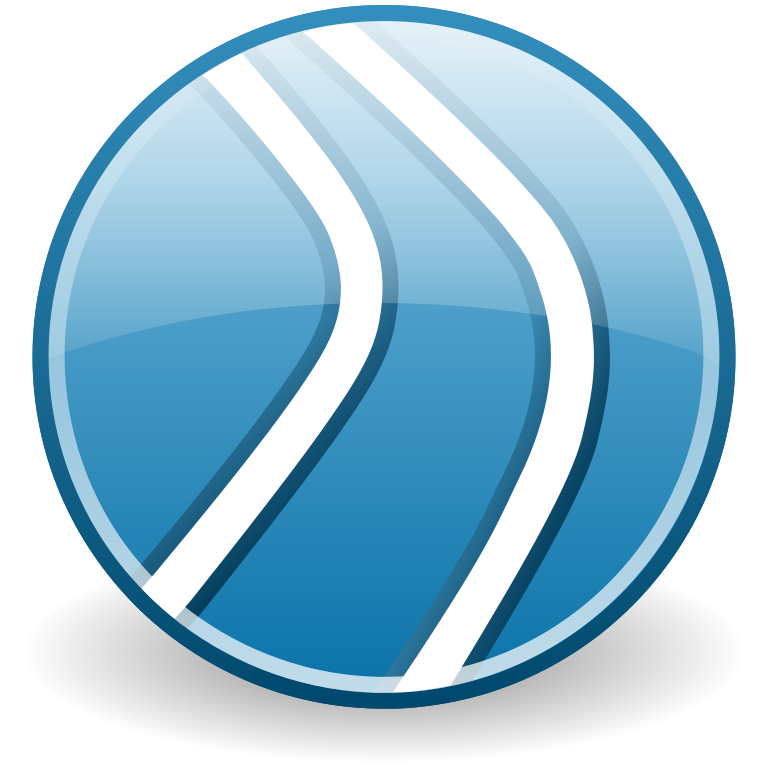
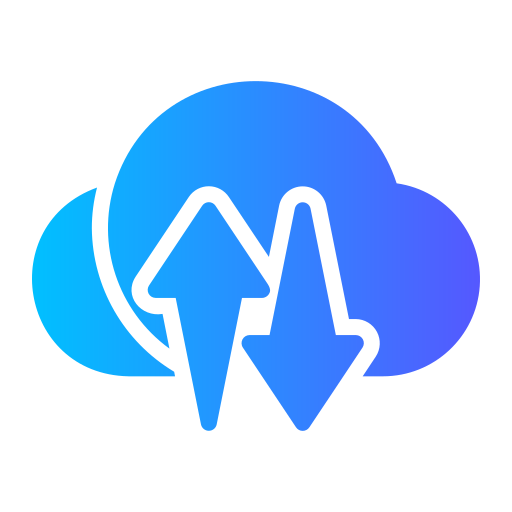







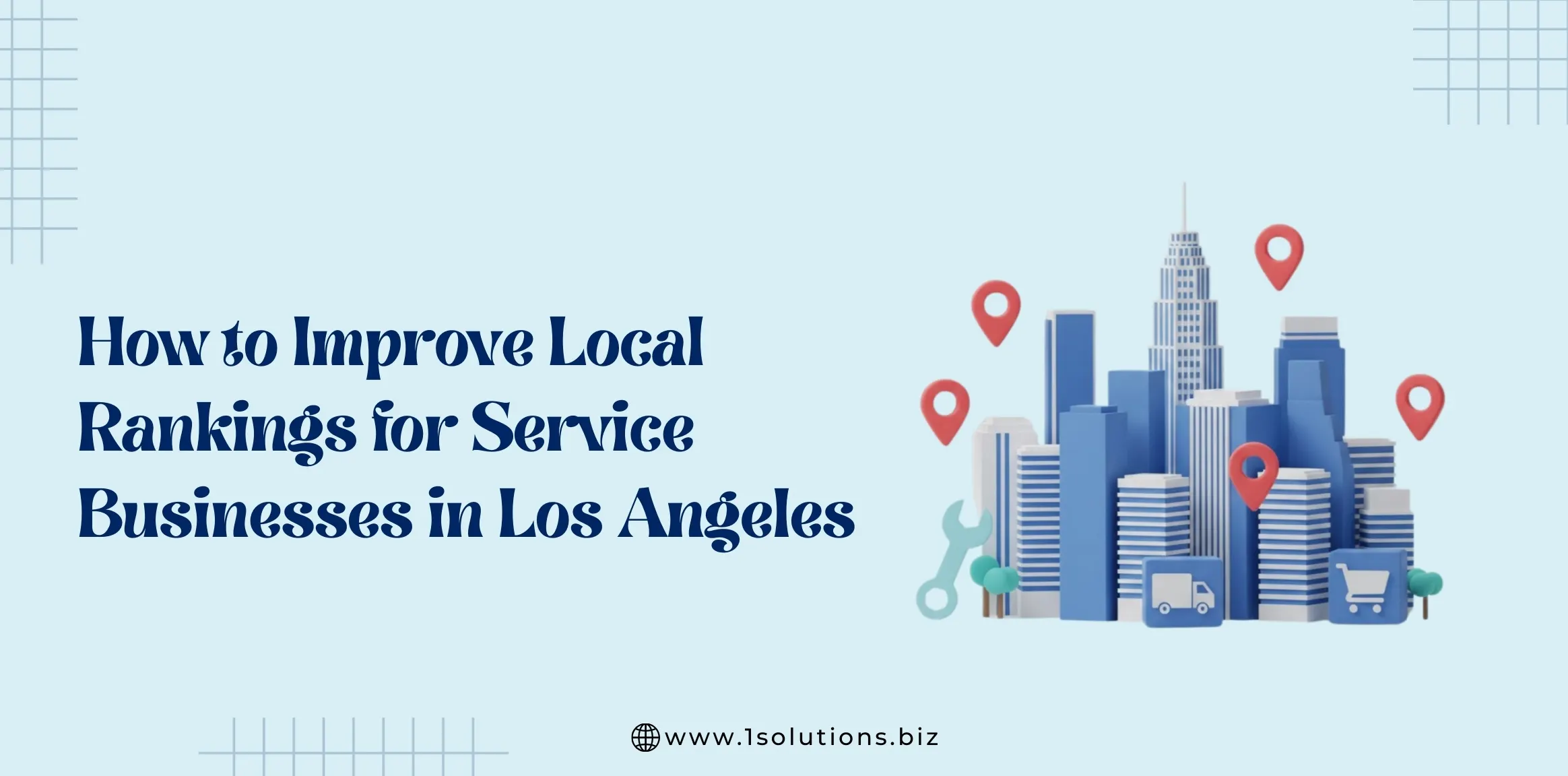
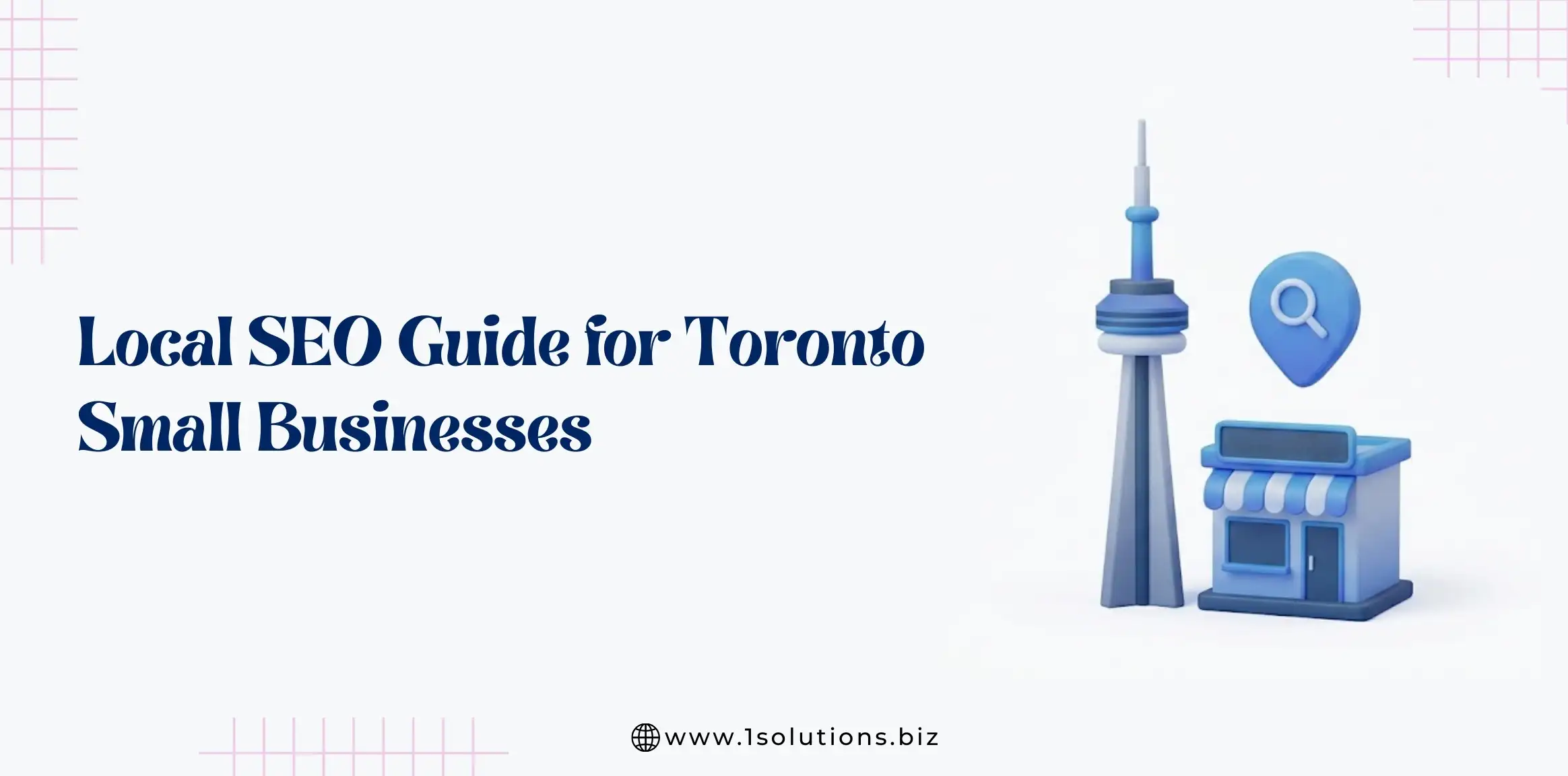
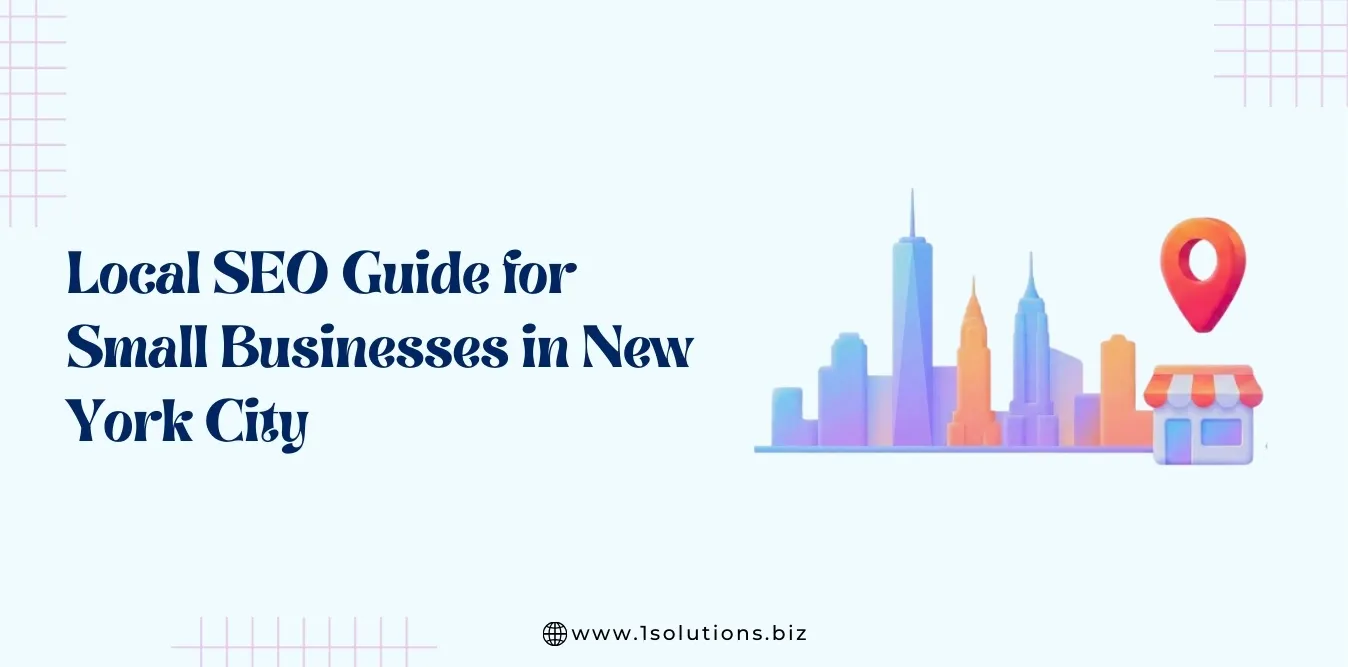


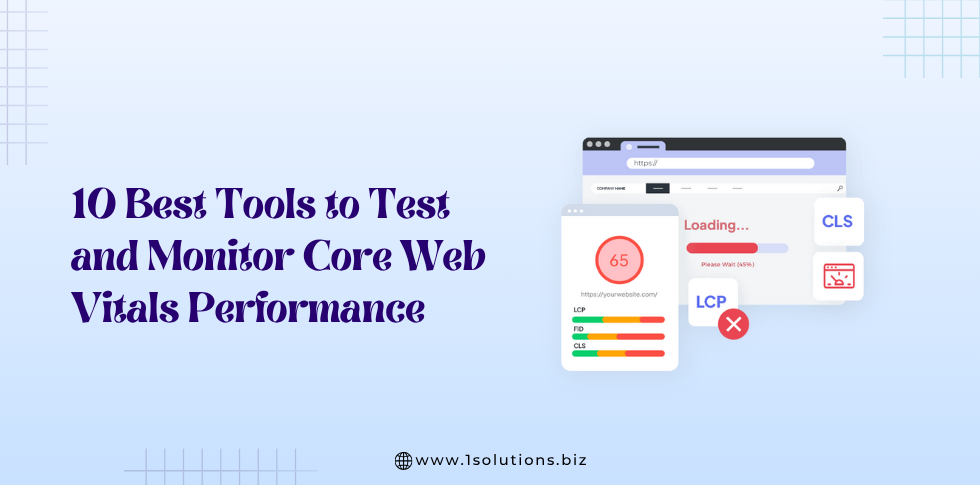




 in India
in India